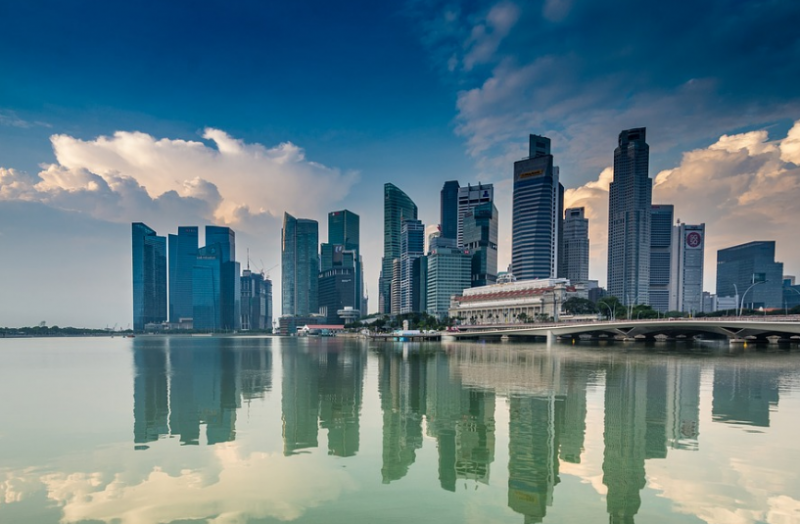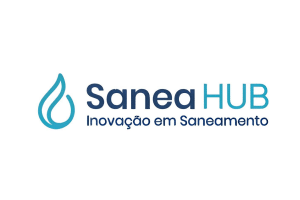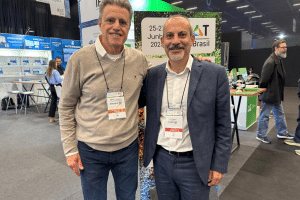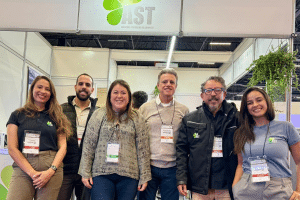In January 2016, the Singapore Exchange (SGX) announced that it would introduce sustainability reporting on a “comply or explain” basis for companies listed on the SGX.
Sustainability reporting is a complement to financial reporting, and considers environmental, social and governance aspects of business and strategy.
It provides investors with a better understanding of the companies, and increases trust and transparency.
According to the SGX Sustainability Reporting Guide, reporting will be on a “comply or explain” basis. This means that listed companies should either produce the report or explain the reasons for not doing so.
The Guide is quite comprehensive and requires reporting on material environmental, social and governance factors in the context of the value chain of the business; policies, practices and performance issues that should be implemented; targets for the forthcoming year; selection of a reporting framework to guide reporting and disclosure; and a statement of the Board in the sense that sustainability issues are part of the strategy of the company, that material environmental, social and environmental governance factors have been determined, and that management and monitoring are being overseen. The first sustainability reports should be issued by December 31, 2018.
This move can be considered as part of a global trend through which companies all over the world are expected to become more responsible from the environmental, social and governance viewpoints. One of the most important international initiatives is the Global Compact of the United Nations.
To date, 9,531 companies in 162 countries have committed to improving their environmental, social and governance performance. They have produced 47,121 reports where they aim to show the impacts of their operations and of their actions for improvement.
The final goal is for companies to move from compliance to stewardship.
As an example, let’s look at Singapore’s sustainability efforts with a focus on water resources.
In most countries, water use proportions are conventionally divided among domestic, industrial or commercial, and agriculture sectors.
In general, agriculture uses the most water, followed by industries and then households in a 7:2:1 proportion. In Singapore, however, agriculture output is not large enough to be listed as its own category for GDP by industry sectors.
Most agriculture in Singapore is high-tech agri-businesses and therefore its water use can be considered industrial as well. With agriculture being almost non-existent, industry water use accounts for a significantly higher percentage of total water use.
Singapore’s current water demand proportion stands at 45 percent for domestic and 55 percent for non-domestic purposes, and is projected to go towards 40 percent and 60 percent in 2030 and 30 percent and 70 percent in 2060, respectively. By volume, demand stands at 430 million gallons per day (mgd) today with an anticipate increase by 25 percent for 2030 and more than double current demand by 2060.
If we do a rough translation of the official figures, it means that domestic water consumption is expected to increase from 193.5 mgd today to 215 mgd in 2030, and more than 258 mgd in 2060. Non-domestic water use is estimated to increase from 236.5 to 322.5 and more than 602 for the same period.
As can be seen, non-domestic water use is set to increase faster than for household use, and should more than double in this simple illustration of future projections.
PUB, The National Water Agency, is well on track to meet infrastructural targets for continued supply capabilities, with local catchment expanding from two-thirds to a projected 90 percent of the land surface area; five recycling plants and two desalination plants in operation, two desalination plants being built at this time and one in the planning stage. Nevertheless, it is important to reduce water consumption not only in the domestic sector but also in the non-domestic one.
Towards this end, water policies have since 2009 been in line with the Sustainable Singapore Blueprint, a map for sustainable development at the national level.
On the domestic front, demand management to reduce per capita consumption per day includes educational programs, and mandatory water appliances and fittings to improve efficiency through the Water Efficiency Labelling Scheme.
According to this scheme, water fittings and appliances have to meet minimum water efficiency standards and are graded by ticks.
This June, PUB, National Water Agency, announced the Water Closet Replacement Project.
Existing 9-liter water closets are to be replaced with more efficient 4.5-liter models free-of-charge at eligible low-income households, such as those residing in HDB flats built between 1986 and 1992 and currently on community assistance schemes.
Conservation efforts for domestic consumption, while essential, are not enough. As demonstrated from the projections, industrial use will form the majority of future water demand. For the industrial sector, there are stringent measures in place but more needs to be done.
Initiatives underway include the Water Efficiency Management Plan, which is mandatory for large water users with consumption of at least 60,000 cubic meters in the previous year.
These users are required to install, monitor and track private water meters, and submit the data to PUB for at least three consecutive years.
Water Efficient Building certification meanwhile encourages the adoption water efficient measures on private commercial and industrial premises.
These measures are complimented by a national standard on water efficiency management systems (Singapore Standard 577:2012), which functions as a guide for best practices.
And with the Water Efficiency Fund, eligible projects may be proposed to offset part of the costs for compliance or voluntary certifications.
In addition, the voluntary Active, Beautiful, Clean (ABC) Waters certification scheme for private properties, as well as the water efficiency criteria within Building Construction Authority (BCA)’s mandatory Green Mark certification, map out a comprehensive plan for implementing water saving measures.
These policies are progressive and rely on both top-down regulations and bottom-up initiatives. This is, a hybrid “carrot-with-stick” approach to encourage businesses to go in the right direction.
It is important, however, to remember that firms are rational, profit-seeking entities. Therefore, since voluntary sustainability efforts are optimal only under ideal, optimistic conditions, they have to be made an intrinsic part of the business plan of companies and be incorporated in a coherent manner into day-to-day operations.
Most firms follow the lead of the larger industry players and react to policy and enforcement measures in the face of immediate business concerns.
That said, there are industry leaders in each sector that are willing and have indeed rolled out voluntary sustainable efforts within their own processes, above and beyond mandatory requirements. They have shown that sustainability measures contribute to a thriving, competitive business environment.
As we move towards integrating sustainability in all aspects of development, SGX’s “comply or explain” requirement is a step in the right direction, and should contribute to the advancement of an environmental, social and governance-oriented corporate culture in the city-state.
Additionally, a detailed documentation of the best practices from the top sustainability corporate leaders in their respective fields may also be able to do the same by better informing the current hybrid carrot-and-stick model.
This will be an exemplar of how, in search of better working processes, policy measures may learn from the best of the private sector in a two-way flow. In this case, sustainable water policy as part of a larger roadmap for sustainable development in the effort to create a more livable city.
Cecilia Tortajada is Senior Research Fellow at the Institute of Water Policy, Lee Kuan Yew School of Public Policy, National University of Singapore. Tommy Kevin Lee is Research Assistant at the same Institute.
Fonte: The Water Network.




































